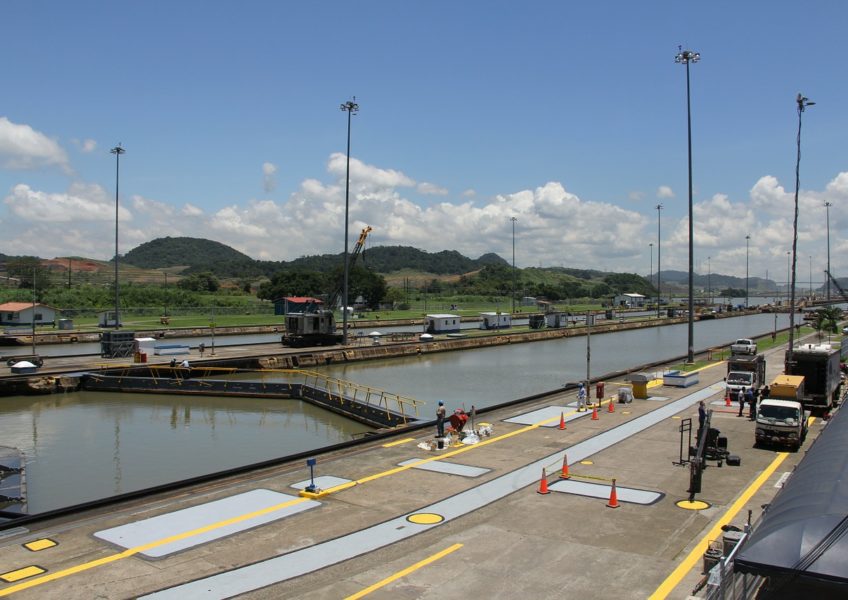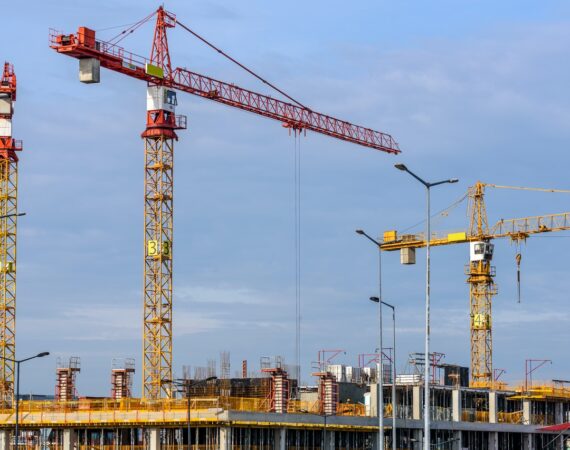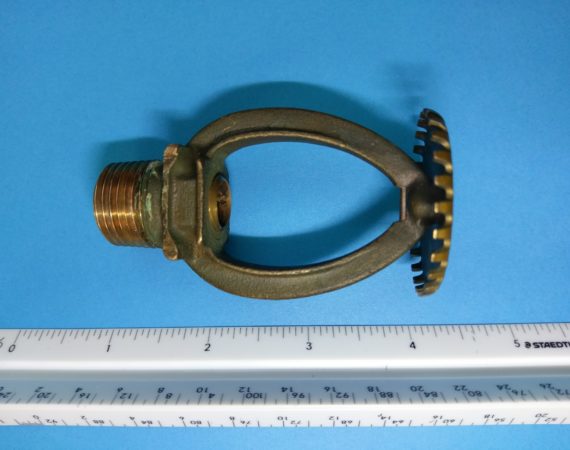The Construction of the Panama Canal
In 1881, France began construction of the Panama Canal, a 51-mile waterway connecting the Atlantic and Pacific Oceans in Panama. Due to high mortality rates and engineering problems, France ended operations and the United States took over construction in 1904. The Panama Canal was one of the most challenging and largest engineering projects taken on but would provide a faster and safer route for ships to travel from the Atlantic Ocean the the Pacific Ocean. On August 15, 1914, the Panama Canal was open for transportation.
Beginning Construction
On May 4, 1904, the US officially inherited canal property, equipment, excavations, and the Panama Railroad from France for $40 million. The US also agreed to pay Panama $10 million-plus $250,000 annually. A self-educated engineer named John Frank Stevens became Chief Engineer and rebuilt Panama’s infrastructure for incoming workers, and improved the railway for soil transportation. Even with improved conditions throughout Panama thousands of workers died from accidents and disease during the construction of the canal.
Opposing Opinions
A US engineering panel reviewed the design of the canal in 1905 which recommended a sea-level canal. Stevens disagreed, arguing that a lock system should be used to raise and lower ships from a reservoir above sea-level creating Gatun Dam, the largest dam and Gatun Lake, the largest man-made lake in the world during that time.
After Stevens resigned in 1907, George Washington Goethals of the US Army Corps of Engineers was appointed as Chief Engineer by President Theodore Roosevelt. The excavation and engineering were divided into the Atlantic, Central, and Pacific Divisions. In 1914, after the US had spent about $500 million on the largest engineering project to date, the Panama Canal was formally opened. The cargo ship SS Ancon was the first to pass through the Panama Canal.
Recent Improvements
Due to an increase in traffic through the canal, and competition from other traffic passages such as the Suez Canal, there have been several improvements on the canal system. An expansion of the canal was constructed and opened on June 26, 2016, with a third lane of wider locks allowing transit of larger ships with more cargo.
Forensic Engineering Specialists
Engineering Specialists Inc. has nearly 30 years of field experience in analyzing the damage to vehicles, residential, commercial, and industrial buildings. We can work on any project in any state, nationwide. When you or your business needs to confirm the extent of damage or how to correct a problem, email us at office@esinationwide.com or call us, toll-free, at (877) 559-4010.




